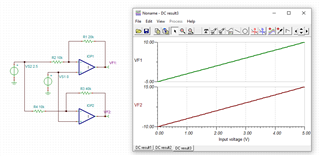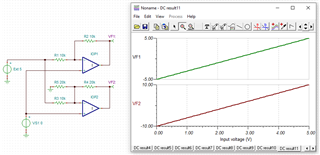Other Parts Discussed in Thread: TL074H
Hello,
having browsed through the DAC8568 datasheet it is still not fully clear to me how the following combinations of input parameters would influence any design for bipolar operation:
- DAC8568C/D, i.e. with gain=2 etc as per the datasheet, but with...
- AVdd at least currently set to +3.3V, which in turn limits Vout accordingly.
- Using the internal 2.5V reference (sidenote: also re-used externally for an ADC).
- Two wanted output ranges depending on the DAC output pin, either +/-10V or +/-5V, both via TL074H op-amps.
The example provided in chapter 9.2.1.1.3 on page 50-51 in the datasheet focuses mainly on DAC8568A/B (gain=1 etc) at AVdd +5V and using an external +5V reference, but does not seem detailed/explicit enough with regards to a scenario like the above (?). Does anyone have further insight to share on this topic?
https://www.ti.com/lit/ds/symlink/dac8568.pdf
(+ https://www.ti.com/lit/an/slaa869/slaa869.pdf ? )
Thanks in advance,
BR//Karl





